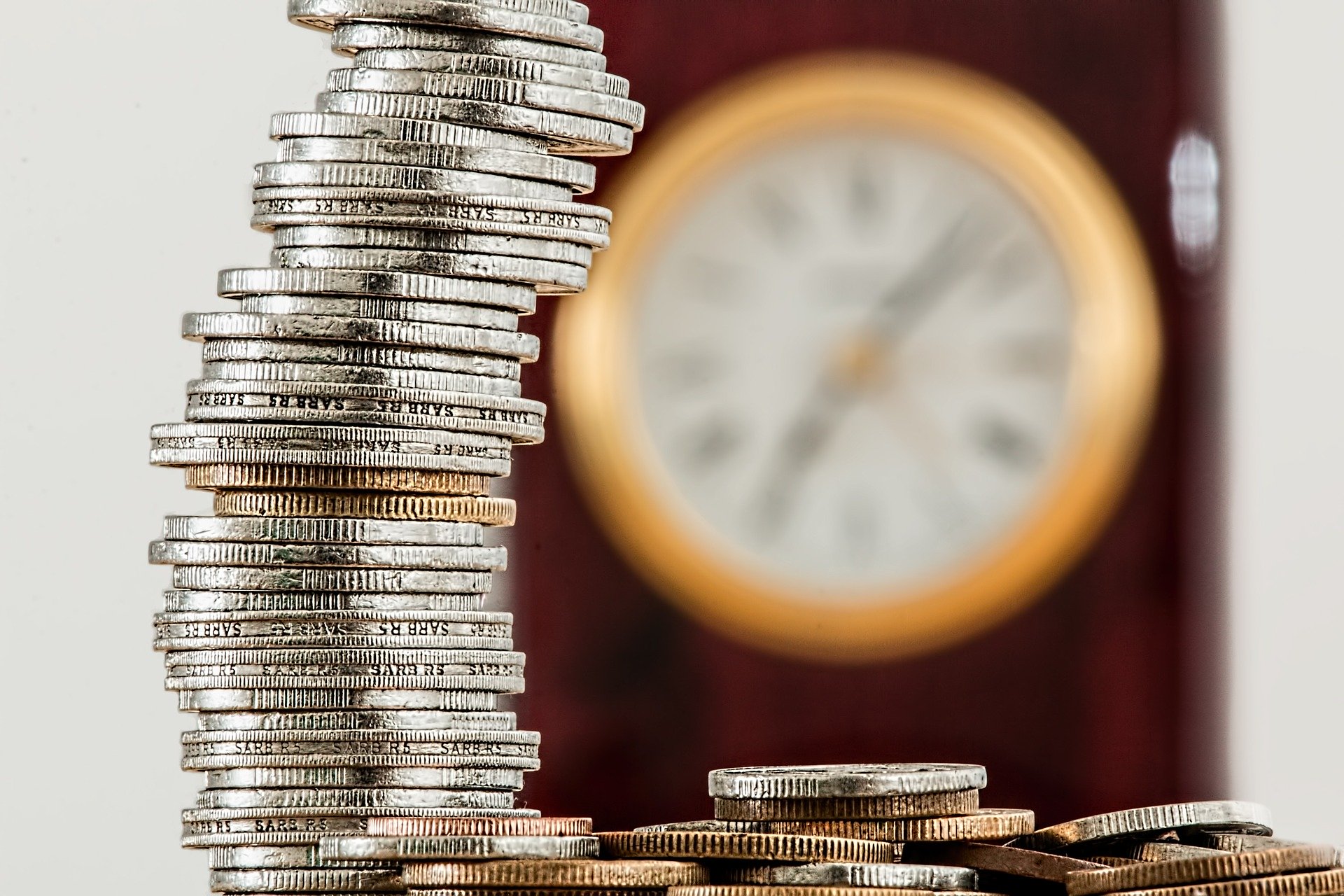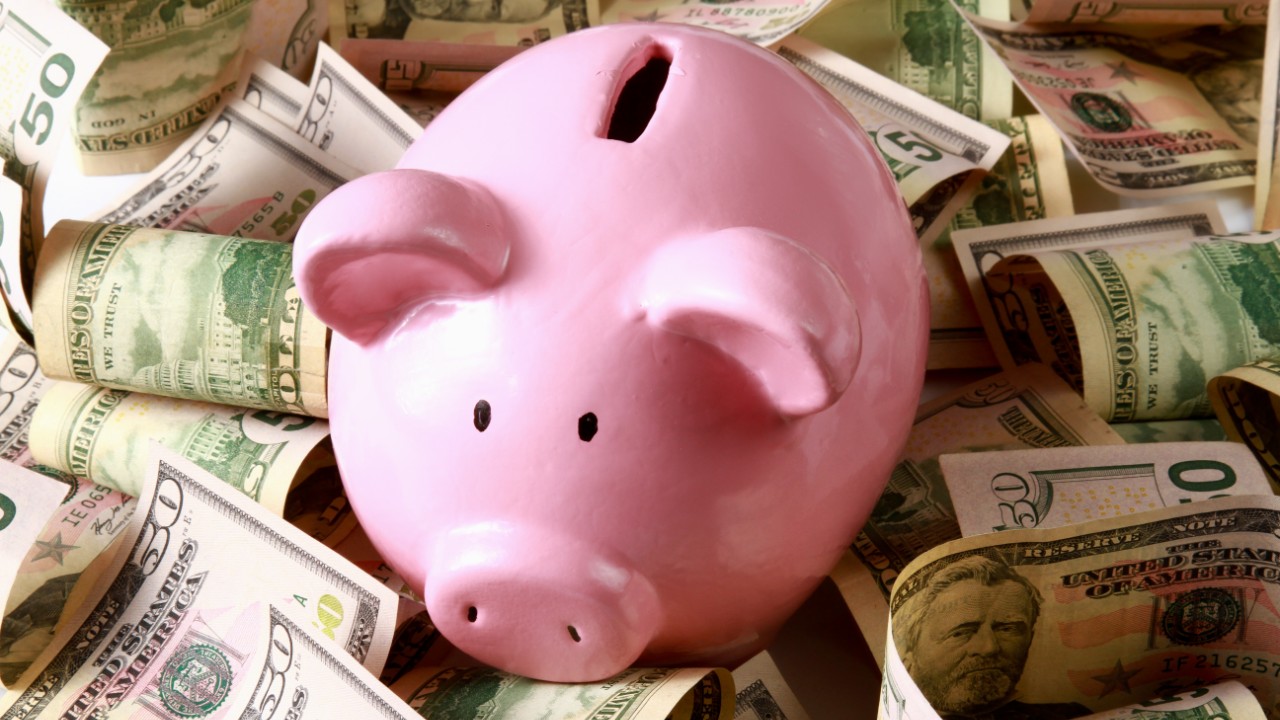First coronavirus stimulus payments are arriving - here is how to make best use of yours
As the $1,200 stimulus checks begin to land in Americans’ accounts, we consider how the money is likely to be best spent.

Tens of millions of Americans have been told they can expect to receive their $1,200 coronavirus stimulus check by Wednesday, April 15, as the roll out of the government aid package for workers begins.
The announcement by the U.S. Department of the Treasury will be welcomed by workers who have seen their livelihoods impacted by the global pandemic, either as a result of losing their jobs or having their work hours cut. More than 16 million people have been forced into making an unemployment benefit claim in the past three weeks alone, while many others will have had little option but to turn to credit cards to try and see them through the financial challenges they face, or maybe even considered taking out one of the best personal loans to keep interest rates low on borrowing for day-to-day expenses.
For most, the stimulus check can therefore not come a minute too soon, with those who normally have an adjusted gross income of up to $75,000 set to qualify for the full payment of $1,200. Parents are also in line to receive an additional $500 for each qualifying child aged 16 or younger.

Check whether you qualify for the coronavirus payment here.
The Treasury Department said the first payments are being made to the bank accounts of eligible 2019 or 2018 federal tax return filers who have received a refund using direct deposit, as the IRS will already hold all of the details that are required to process the payment on file. The wait may, however, be a little longer for others who are eligible for the stimulus payment as the IRS looks to gather the outstanding information that it needs.
Later this week, the IRS will launch a free app - called 'Get My Payment' - that will allow taxpayers who filed their tax return in 2018 or 2019 but did not provide their banking information on their return to submit direct deposit information so they can receive payments immediately.
This will allow them to receive the stimulus check direct into their bank account, rather than having to wait for a mailed check, which will start being distributed before the end of April. The Get My Payment app will also allow taxpayers to track the status of their payment.
Those who do not usually file a tax return have been told that they can get their payment faster by using the ‘Non-Filers: Enter Payment Info Here’ web portal and entering their bank account information.
Sign up to receive the latest news, reviews, buying guides and deals direct to your inbox
Meanwhile, eligible Social Security beneficiaries and railroad retirement recipients who did not file a tax return in 2018 and 2019 have been assured that they will be automatically sent their economic impact payments, in most instances electronically.
The Treasury said it expects a large majority of eligible Americans to receive their payments within the next two weeks, and has told recipients to look out for a mailed letter that the IRS will send to the most current address they have on file around 15 days after it sends the coronavirus stimulus payment, regardless of how the payment is made.
How to put the coronavirus stimulus check to best use
Of course, once the payment does arrive, the next question is likely to be: How to put it to best use?
For many, sadly the options are likely to be all too readily clear, with the check being needed to buy groceries and cover everyday bills that may have recently gone unpaid. Some who have taken the hardest hit to their income may have already had to consider payday loans, or at least the more favorable alternatives to getting a payday loan. For these people, the stimulus payment will hopefully provide some breathing space, particularly if they are waiting for their first unemployment benefit payment to arrive.
Others who still have their job, or an alternative income on which they can rely, may be in the more fortuitous position of being able to choose how to put their stimulus payment to use. Here are some suggestions:
Emergency fund accounts

Given the economic uncertainty that abounds, even those who currently remain in work should think about how they might cope financially if things were to suddenly change. For this reason, making sure you have money in an emergency fund account is key. The best online banks are a great place to start searching for a top-paying savings account that will also allow you access to your money should you need it quickly. And of course, as these banks are online, the savings accounts that they offer should be able to be opened and then managed without having to leave your home.
Ideally, so called “rainy day accounts” will be big enough to cover three to six months of everyday expenses, including your rent, mortgage and utility bills. In such unusual times, however, it might be wise to put aside even more if you can. The best personal finance software might also prove useful in assessing accurately your budgeting and money management needs.
Debt repayment

If you are certain that your emergency fund is sufficient to see you through, it might be worth thinking about paying off any outstanding debt that you have to your name. While many of the best credit cards should allow you plenty of time to pay off your debt interest free, it is vital to try and clear any balances before any 0% introductory period ends (see our guide on how to pay off credit card debt).
As the CARES Act is allowing borrowers of federally-backed student-loans to take a six-month break from making payments and waiving collection for interest on loans, for the time being, paying these particular debts back should not be such a priority.
Importantly, however, private student loan borrowers do not enjoy any relief under the Act. For the most part, even the best student loan companies will still see you accumulate interest on your private student loans. Some companies are extending the offer of forbearance in the event of financial hardship, but with interest still building, it may be worth using your coronavirus check to continue repayments if you know the money will not be needed elsewhere.
Cautious investment

If your rainy day fund is full beyond reproach and you have no debt to your name, experienced investors may consider putting their coronavirus check to work in the stock markets. The significant falls seen in the markets in recent weeks and the volatility that has become commonplace means good investment opportunities could await. However, such is the uncertainty of how the pandemic will play out, and the eventual impact it will finally have on the economy, not just in the US, but globally, this option is definitely not for the novice, or nervous, investor.
One more cautious method that those confident enough of their aptitude with the best online stock trading platforms might consider is to gradually drip-feed smaller amounts into the market. The idea here is to minimise risk while still seeking to take advantage of opportunities that might be on offer. That said, there really is no way of telling how the stock markets are going to react going forward, so you should only be looking to risk any money that you know that you can definitely afford to lose.
With over 20 years’ experience in the financial services industry, Tim has spent most of his career working for a financial data firm, where he was Online Editor of the consumer-facing Moneyfacts site, and regularly penned articles for the financial advice publication Investment Life and Pensions Moneyfacts. As a result, he has an excellent knowledge of almost areas of personal finance and, in particular, the retirement, investment, protection, mortgage and savings sectors.

